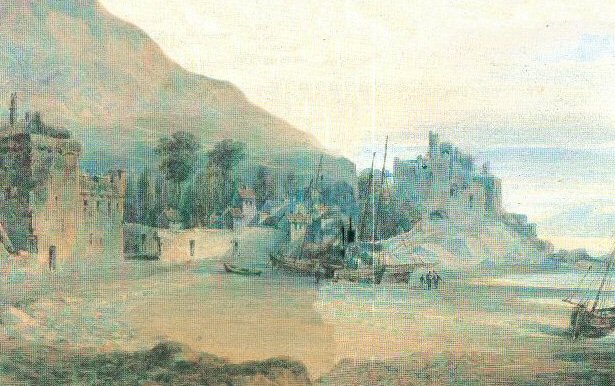By way of contrast with Dr Pococke’s jaundiced, personal account of Irish towns (see previous entry on Carlingford) – and indeed those of other English travellers in Ireland in the 17th-19th centuries – Samuel Lewis’s Topographical Dictionary (1837) was a disciplined, informative account from a publisher who also produced similar works on England, Wales and Scotland.
Starting in 1833 agents were dispatched to all parts of Ireland to gather information. His principal sources were landowners and gentry, who were recruited also as subscribers. Eventually there were 10000 subscribers.
This 2 volume dictionary gives a unique coverage of life in Ireland of the time. Contemporaneously the first Ordnance Survey accounts (with maps and memoirs) were being drawn up. That project was left incomplete and unpublished but the memoirs appeared in print a decade ago for the first time. For the history student, these are complementary.
Lewis’s Dictionary availed of much statistical and factual material, available for example through parliamentary papers and reports. In particular he used O S acreage figures, new educational data and the 1831 census report.
In reading his material, it is important to be aware that he was a man of his time: parishes delineated are those of the Church of Ireland (the Established Church) despite the fact that the overwhelming majority of people were Catholics: also, much more has been learned since about Irish pre-history, for example, so his references to that must be treated with caution.
Despite these reservations, Lewis’s Topographical Survey is our best window to the social life of the Irish people in this decade (i.e. before the calamity of the Great Hunger).
On Newry Journal pages there are many snapshots of villages and towns of our area from Lewis. The one that follows is of Carlingford. History students may wish to compare and contrast that with the earlier Pococke account.
